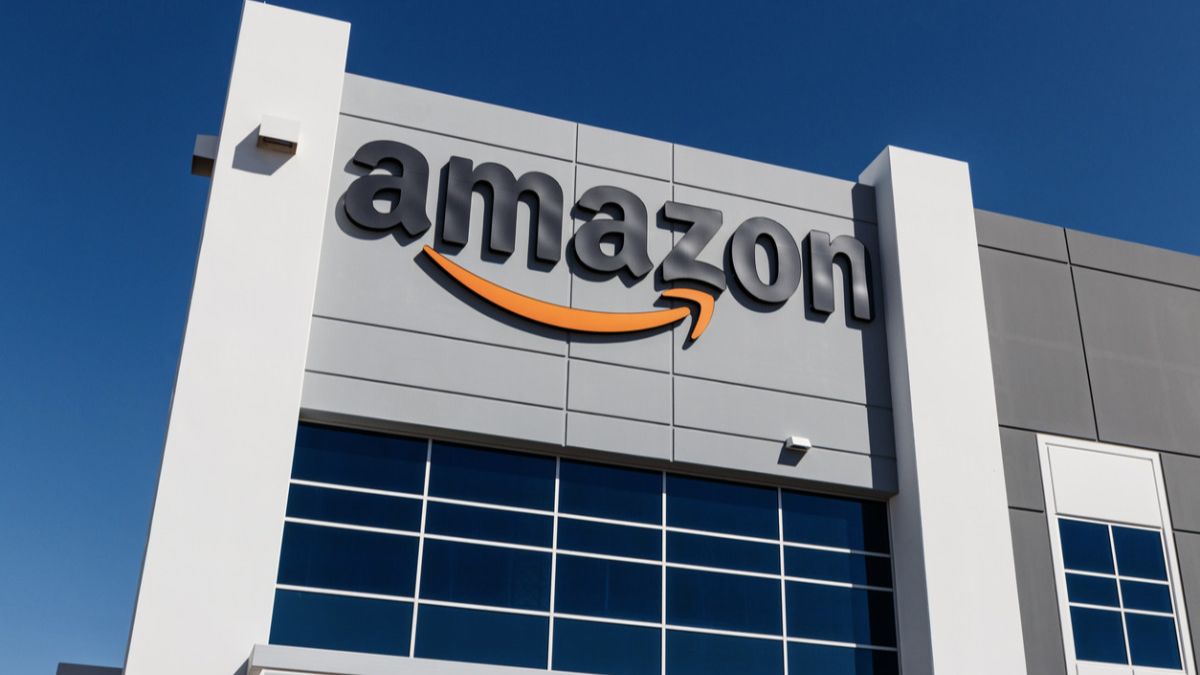“Market share” often takes center stage in strategy presentations and boardroom discussions. It is the indicator of success and the evidence of domination many marketers feel pressured to pursue. But as the temptation to expand quickly and make an impact grows, confronting a difficult question becomes necessary: What do we really gain by having a larger share of the market?
Market share has been the default goal for many companies, especially in developing nations like Nigeria. Despite its apparent rationality, this pursuit can subtly lead businesses astray. More shares do not automatically translate into more value, and bigger is not always better.
The Illusion of Scale
Gaining market share is often seen as growth. And in many instances, it is. However, the gains might be insignificant if aggressive distribution, price reductions, or promotions solely fuel expansion. You could attract more clients, but at what price?
This phenomenon has shown itself in several categories. A fast-moving consumer products business, despite rapid expansion and increased exposure, experiences a decline in profitability. A digital business, after investing extensively in user acquisition, finds that brand affinity is shallow and retention is poor. Many companies neglect to develop intelligence in their haste to grow quickly.
When Metrics Mislead
Market share is not a strategy; it is a result. Product quality, emotional resonance, price, distribution, and experience all contribute to a brand’s success. However, teams often fall back on strategies that offer short-term gains but long-term danger when they start treating market share as the strategy itself.
Brands should ask, “How do we build preference?” or “How do we stay memorable?” instead of, “How do we increase share?” These are more difficult questions, but the answers result in more resilient brands.
The Real Assets: Trust, Loyalty, and Distinction
Legacy Nigerian firms like MTN, Indomie, and Peak Milk gained their success by creating mental availability, not just by vying for market dominance. When it counted, they were the first choice. That type of brand equity takes time to develop. It is gradually acquired through steady value, distinct positioning, and emotional resonance.
This is very important in the busy and divided market we live in now. People do not just buy what is obvious; they buy what makes them feel good, fits their ideals, and earns their trust. A share report does not always show that kind of loyalty.
Reframing Growth in Today’s Market
In a landscape where performance marketing tools boast accuracy and dashboards illuminate with data, it is tempting to think we can navigate our way to supremacy. However, the top brands understand more.
Their focus is on:
- Prioritizing long-term brand equity over short-term fluctuations.
- Prioritizing emotional engagement rather than solely financial transactions.
- Seeking significant distinction regarding tactical visibility.
Genuine growth derives not from accumulation, but from the enhancement of one’s character. Increased relevance. Increased utility. Increased trustworthiness.
Don’t Just Grow. Matter.
There is nothing wrong with wanting to grow. However, growth without substance is a deadly game. In our drive to get attention and gain awareness, we risk missing the deeper connection that allows a brand to survive.
When your team’s KPIs include market share, consider if it’s about chasing numbers or creating meaningful work.
ALSO WATCH MARKETING EDGE ONTV








Comment
No comments found.